
L is for Lull

Does there have to be a lull in the action? Or can it just keep going and going?
Everything needs to rest, doesn’t it? Energy needs energy and it’s not endless, it has to come from somewhere and it has to stop. What about the plot, the action the dialogue? Do readers need a break, or at least a change of pace, direction, or point of view?
Sure, you can drive straight for 500 miles, stop only for gas, and just go go go. But what’s the point? You got from A to B. Do readers just want to get from A to B? If the action or drama are the peaks, do you need valleys? How deep are they, how long do they go? Are they just for a breather or are they an important part of the overarching story?
But reading isn’t like jogging. You can stop when you like and it’s not terribly exhausting. But you may need a mental break. So what’s the difference between a lull in the story, a good period of rest, and just pages of boredom where the reader gets lost, bored, or, gasp, skips ahead? Maybe that lull shouldn’t be too long! Just time to catch up, maybe a little background on the scene or the character?
The important part is that there’s a good flow to the story. If there’s some slow points or some downtime, that’s OK, especially after some heated or action-packed scenes. Writers and readers both need time to catch their breath and slow down, smell the toasted rice tea and enjoy the lull.

How important is a lull in the story?


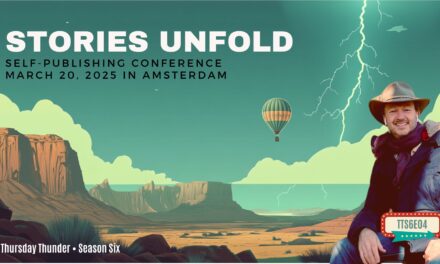


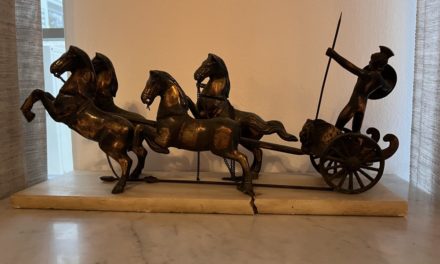




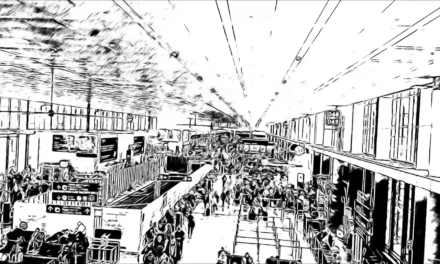










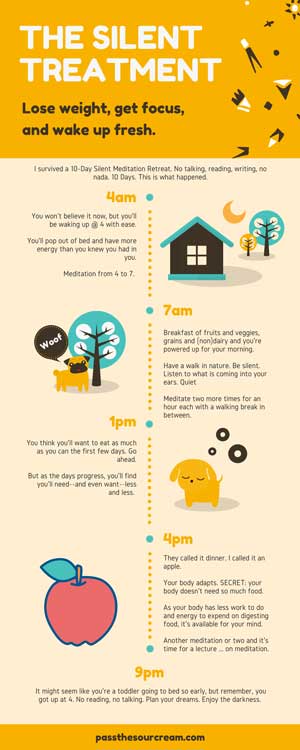
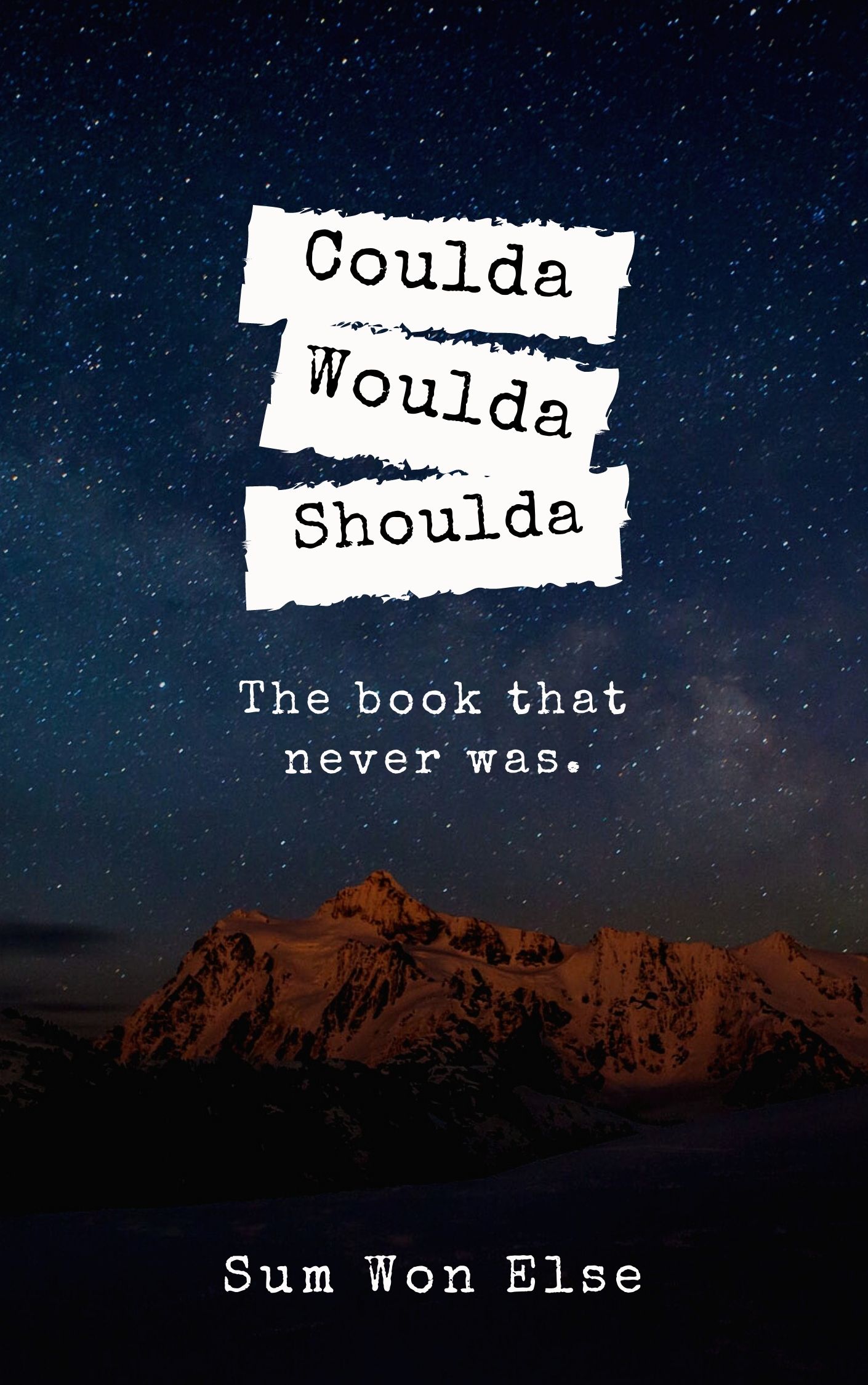






Fun post and thanks for the visit to my place.
P
Thanks, Patti!
Does the reader need a lull? Every scene needs some sort of sequel, although it may be a short one. The sequel is a period where the VP processes the action that just happened and decides what she needs to do next to work toward her story goal.That decision moves her into the next scene and the next conflict. If a story is all action, it may read like one of those movies that’s all fist fights and car chases. My husband loves them, but after a while, I just don’t care who wins. The quieter time, the sequel, is your chance to make your reader care about the VP and keep reading to find out what else happens to her.
You wrote, ” … after a while, I just don’t care who wins.” That’s such an important point. If it’s all just action action action, then sure, it’s fun to watch things get blown up, but it gets old. You need to have a breather and some time to reflect and see if you care about the hero and … whether or not they get blown up. Thanks for the note, Carolyn!
Very well said! It is very important to stop at the right place not to hurt the thread of a story as well as a writer to allow the reader a good stop/starting point between chapters Great #a2zchallenge format http://4covert2overt.blogspot.com/
It’s a good point about “between chapters.” I’m not very good at deciding where a chapter should end, well, if it’s not a natural spot for a break. But when should a chapter end? Short chapters? Really long chapters? Does something need to occur to designate the end of a chapter?